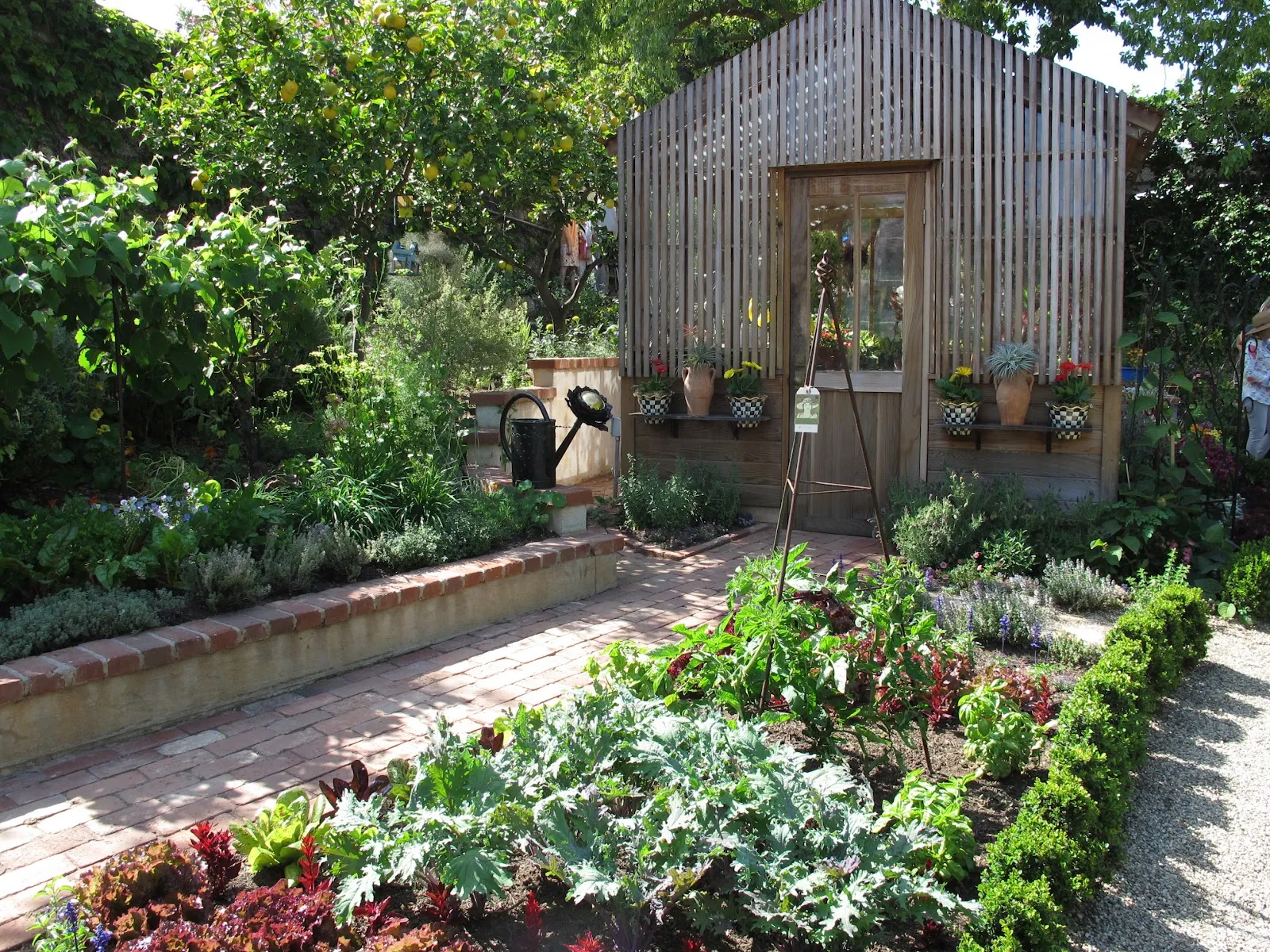Kitchen Decor Garden Ideas Introduction
Transforming your kitchen into a vibrant, green space is a fantastic way to enhance both its aesthetic appeal and functionality. A kitchen decor garden not only adds a touch of nature indoors but also provides you with fresh herbs, vegetables, and a sense of tranquility. This guide unveils the top 7 secrets to creating a thriving kitchen decor garden, ensuring you can enjoy the benefits of homegrown produce and a beautifully decorated space. From choosing the right spot to selecting the best plants, this comprehensive guide covers all aspects of establishing and maintaining your indoor garden. Embrace the joy of nurturing plants within your kitchen and experience the unique blend of nature and culinary convenience. Begin your journey to a flourishing kitchen decor garden and discover how easy it is to bring the outdoors in and create a healthier and more vibrant living space. Consider how you can use this guide to not only beautify your kitchen but also to integrate sustainability and well-being into your daily routine. The possibilities are endless, and the rewards are bountiful – fresh herbs for your cooking, air purification, and the soothing presence of plants in your everyday life.
Secret 1 Choose the Right Spot
The foundation of any successful kitchen decor garden is choosing the right location. This choice significantly influences how well your plants grow and thrive. Consider factors like sunlight exposure, available space, and accessibility. A well-lit spot is crucial, as most plants require adequate sunlight to photosynthesize and grow. The amount of sunlight available varies throughout the day and year, so observe your kitchen during different times to determine the optimal location. The perfect spot might be near a window, on a countertop, or even hanging from the ceiling, depending on the plant’s needs. Accessibility is another key factor to consider; your garden should be easily accessible for watering, pruning, and harvesting. This ensures that caring for your plants becomes a pleasurable part of your daily routine. Make sure the area is safe from kitchen hazards, such as hot stoves or spills, which could harm the plants. Evaluate these factors before starting your kitchen decor garden.
Understanding Sunlight Requirements
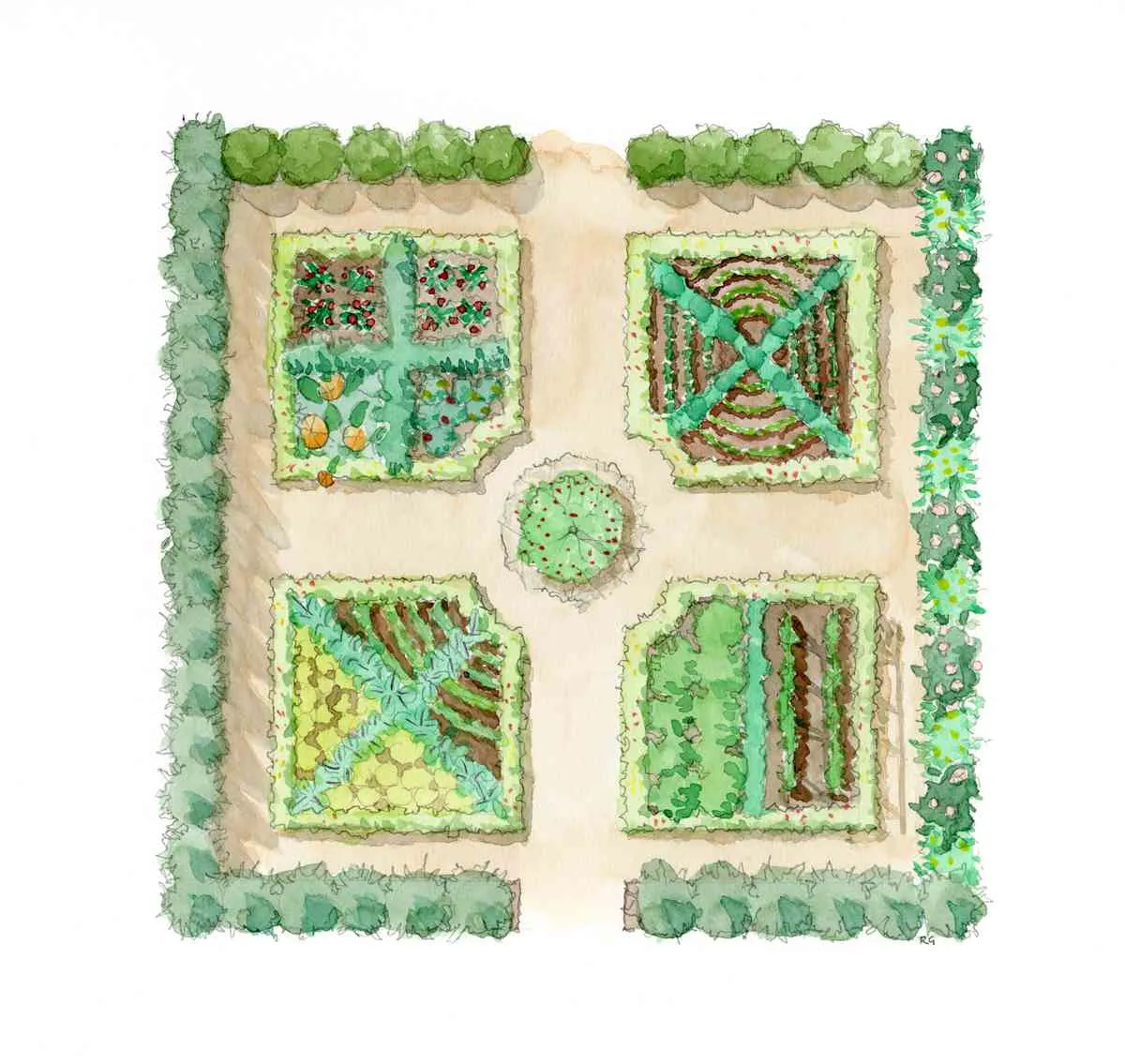
Different plants have different sunlight requirements. Some plants thrive in direct sunlight, while others prefer indirect or partial sunlight. Before selecting your plants, understand how much sunlight your chosen spot receives. South-facing windows typically get the most sunlight throughout the day, ideal for plants that need a lot of light, such as tomatoes or basil. East-facing windows receive morning sun, suitable for plants that prefer moderate light. North-facing windows receive the least direct sunlight, making them perfect for plants that prefer shade, such as herbs like mint and parsley, or ferns. If your kitchen lacks sufficient natural light, consider using grow lights to supplement the light your plants receive. Grow lights can provide the necessary spectrum of light to support plant growth, making it possible to grow a wider variety of plants in any kitchen. Assessing sunlight availability is a crucial part of kitchen decor garden planning to ensure that your plants will have optimal conditions.
Assessing Available Space
Space is a valuable commodity in any kitchen, and your kitchen decor garden should respect that. Assess the amount of available space, whether it is a countertop, windowsill, or a corner of the room. Ensure that the chosen space can accommodate the plants you intend to grow, considering their mature size. Overcrowding can lead to poor air circulation, which can increase the risk of disease and pest infestations. When planning your garden, consider the size and shape of the containers, pots, or planters you plan to use. Vertical gardening techniques, like hanging planters or wall-mounted shelves, can maximize space if you have limited horizontal surfaces. These methods can add visual interest to your kitchen while allowing you to grow a variety of plants. It is also important to consider the needs of the plants. Some plants require a lot of space and may not be suitable for small kitchens. Proper space management is a fundamental aspect of a thriving kitchen decor garden.
Secret 2 Select the Best Plants
The selection of plants is pivotal to the success of your kitchen decor garden. Choose plants that thrive in indoor environments and are suitable for your kitchen’s specific conditions, such as lighting and humidity. Consider which plants best suit your culinary needs and aesthetic preferences. Herbs and vegetables are popular choices, but you can also incorporate decorative plants to add beauty and variety. The best plants are those that provide fresh ingredients for cooking, enhance the air quality, and create a visually appealing space. When making your selection, prioritize plants that are relatively easy to care for, especially if you are new to gardening. Research the specific requirements of each plant in terms of sunlight, water, and soil. This helps you select plants that can thrive in your kitchen conditions. Knowing what you want to accomplish helps narrow down the options to create a suitable kitchen decor garden.
Choosing Herbs and Vegetables
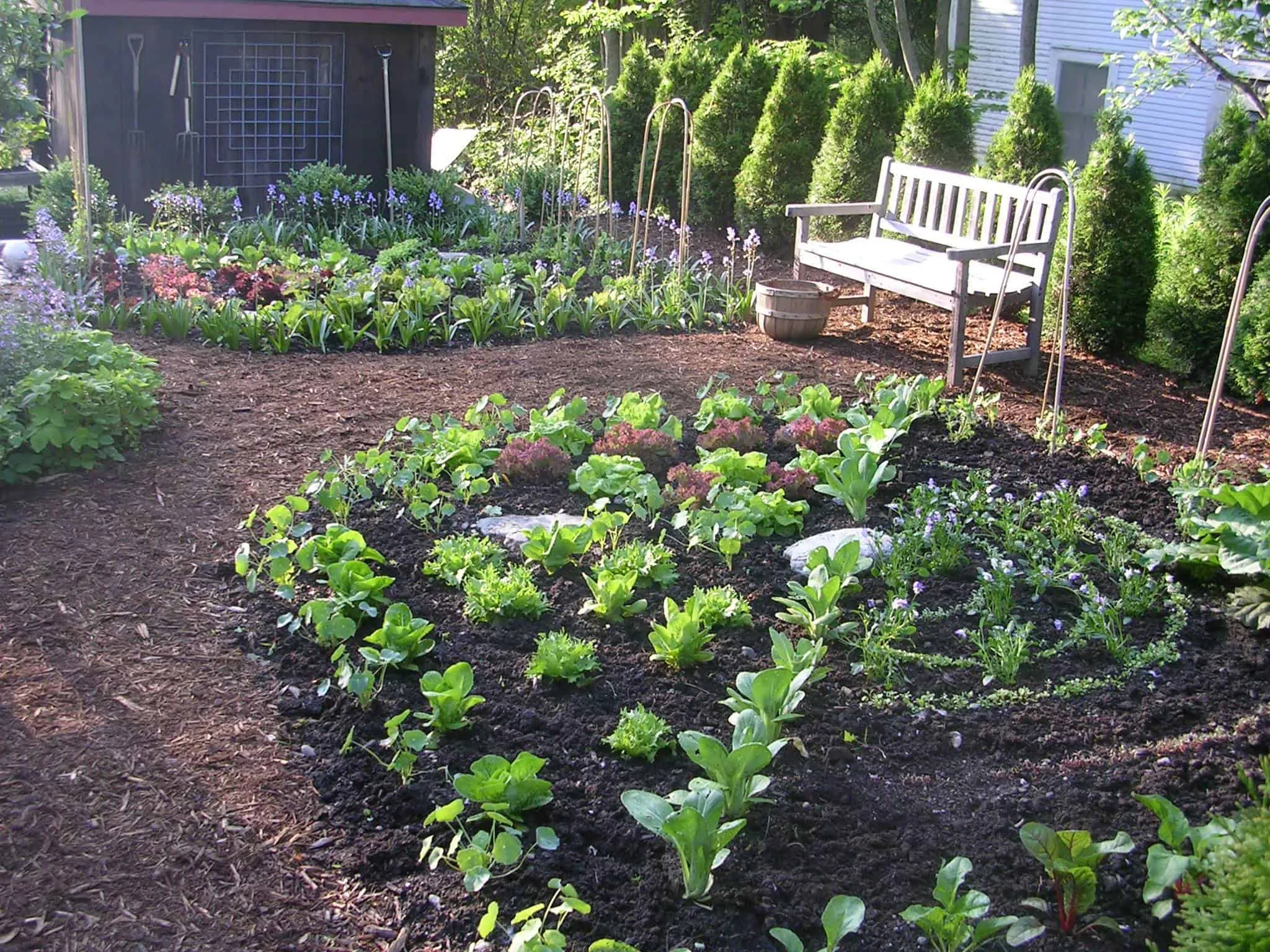
Herbs and vegetables are an excellent choice for a kitchen decor garden, providing fresh ingredients right at your fingertips. Select herbs that you frequently use in your cooking, such as basil, mint, parsley, rosemary, thyme, and chives. These herbs are relatively easy to grow indoors and add significant flavor to your dishes. For vegetables, consider compact varieties that are suitable for container gardening. This can include small tomato plants, peppers, lettuce, or spinach. Ensure that your plants receive adequate sunlight, as most herbs and vegetables require at least six hours of sunlight per day. Choose a well-draining potting mix and provide regular watering. Harvesting herbs and vegetables from your garden is both rewarding and convenient, allowing you to enhance your meals with fresh, homegrown produce. Growing herbs and vegetables in your kitchen garden elevates the quality of your cooking while adding an element of freshness to your everyday life. Start small, and gradually expand your garden as you gain experience.
Selecting Decorative Plants
Decorative plants enhance the aesthetic appeal of your kitchen while also improving air quality. Consider incorporating plants that are visually attractive and easy to maintain, such as spider plants, snake plants, or peace lilies. These plants can tolerate a wide range of conditions, making them ideal for indoor environments. Choose plants that complement your kitchen’s décor and color scheme. Consider the size and shape of the plants, as well as their overall aesthetic. Some popular choices include ferns, succulents, and flowering plants, which add pops of color and texture. Ensure the plants get appropriate sunlight, as well as proper watering and maintenance. Placing decorative plants in your kitchen can create a calming and inviting atmosphere, enhancing the overall ambiance of the space. Remember to rotate your plants to ensure even growth. The decorative elements add beauty and a sense of wellness to your kitchen decor garden.
Secret 3 Container Gardening Techniques
Container gardening is the key to a successful kitchen decor garden, providing flexibility and control over your growing environment. This method allows you to easily move plants to different locations, adapt to changing conditions, and control soil quality. Choosing the right containers, using the correct soil, and ensuring adequate drainage are crucial aspects of container gardening. Container gardening offers many benefits, from convenience to aesthetics, making it a popular choice for indoor gardening. Different types of containers can enhance the look of your kitchen while supporting the growth of your plants. Good container gardening practices will ensure that your plants thrive, adding both functionality and beauty to your kitchen. It is a rewarding way to grow plants in your kitchen, and with proper planning and execution, you can create a beautiful and productive garden.
Choosing the Right Containers
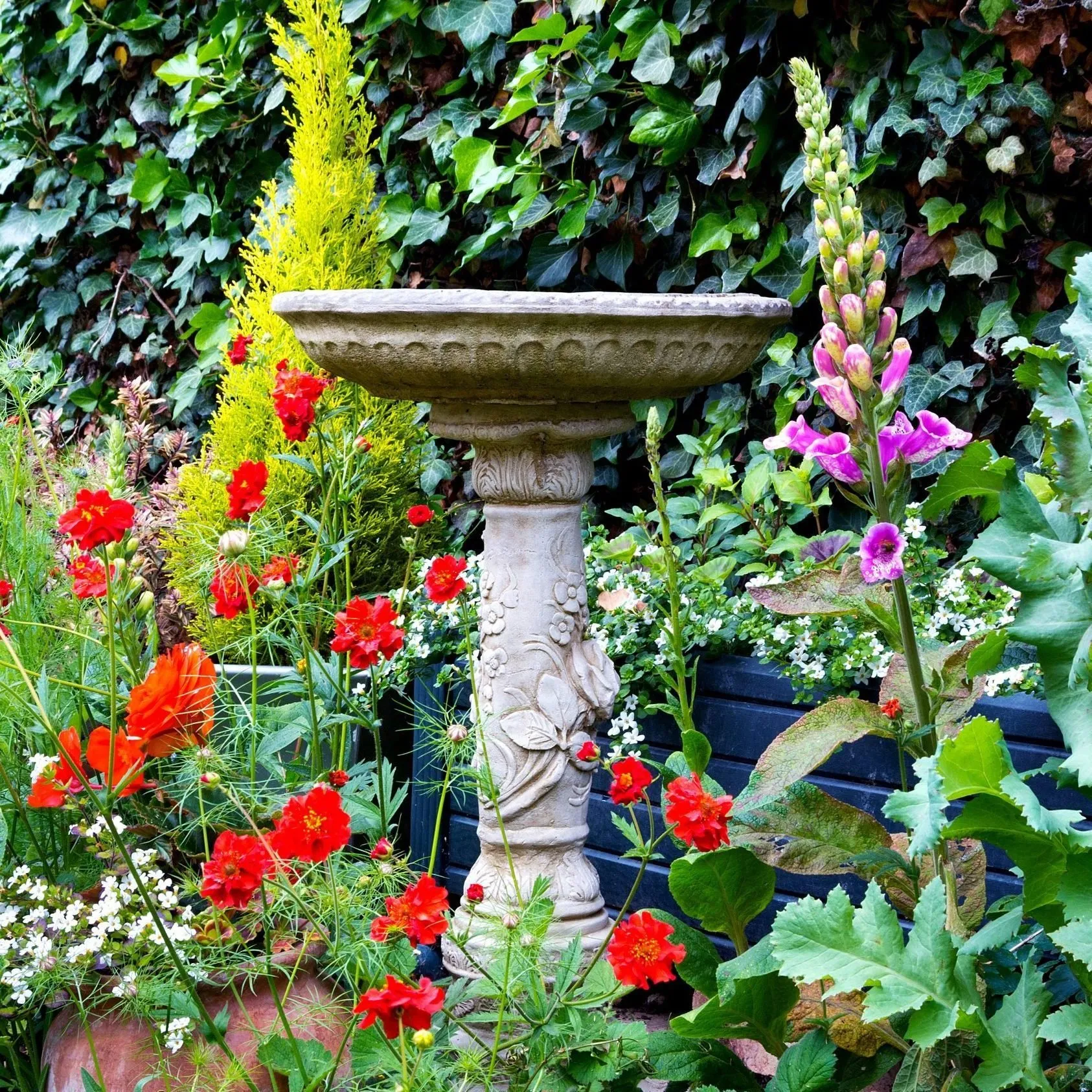
The choice of containers can significantly impact your garden’s aesthetics and the health of your plants. Select containers that are appropriate for the size and type of plants you intend to grow. Consider materials such as ceramic, terracotta, plastic, or metal. Ceramic and terracotta pots offer excellent drainage and breathability, but they can be heavier and more expensive. Plastic containers are lightweight and affordable, making them a practical choice, though they might not breathe as well. Metal containers can add a modern touch but might heat up more quickly, which could affect the roots of the plants. Ensure your containers have drainage holes to prevent water from accumulating at the bottom, which can lead to root rot. Choose containers that complement your kitchen’s décor, and consider grouping plants in various containers for visual interest. Use saucers or trays to catch excess water and protect your surfaces from moisture damage. The right container choices will help you create a functional and stylish kitchen decor garden.
Soil and Drainage Essentials
The soil you use is the lifeline of your kitchen decor garden. It provides nutrients, holds water, and anchors the plants. Select a high-quality potting mix specifically formulated for container gardening. Regular garden soil is often too dense and can compact easily, leading to poor drainage. A good potting mix should be well-draining, light, and airy. It often includes ingredients such as peat moss, perlite, and vermiculite, which improve drainage and aeration. Ensure that all containers have adequate drainage. Drainage holes prevent water from collecting at the bottom of the pot, which can cause root rot. If your containers do not have drainage holes, you can create them using a drill. Consider adding a layer of gravel or pebbles at the bottom of the pot before adding the potting mix to further improve drainage. Proper drainage and high-quality soil are critical for the overall health and productivity of your kitchen decor garden.
Secret 4 Optimize Your Kitchen Decor
Integrating your kitchen decor garden with the existing decor is essential for creating a cohesive and visually appealing space. The goal is to enhance the overall aesthetics of your kitchen while also providing a functional and thriving garden. Consider the style, color scheme, and available space in your kitchen when planning your garden. Whether you are aiming for a minimalist, rustic, or modern look, the plants and containers you choose should complement the current design. By carefully selecting the plants, pots, and accessories, you can transform your kitchen into an inviting oasis that reflects your personal style. Use color and texture to create visual interest. The integration will elevate your kitchen decor garden.
Integrating Plants with Existing Decor
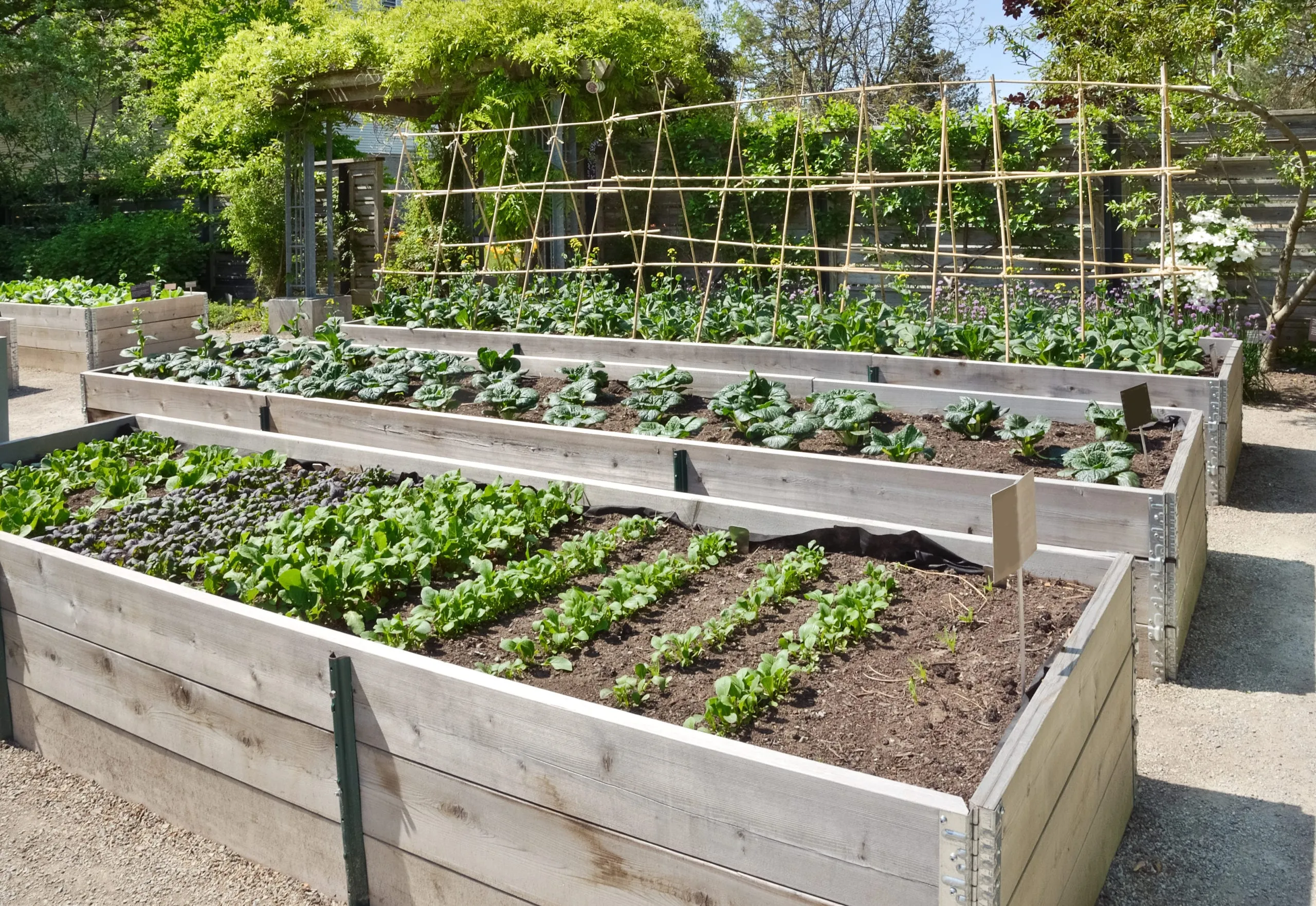
The key to a harmonious kitchen decor garden is to integrate the plants and containers with the existing décor. Select pots and planters that match the style and color scheme of your kitchen. If your kitchen features a modern aesthetic, consider using sleek, minimalist containers. For a rustic look, opt for terracotta pots or weathered wooden planters. Position your plants strategically to complement the existing elements of your kitchen. Place herbs and small vegetables near your cooking area for easy access. Hang plants from the ceiling or place them on shelves to maximize space. Coordinate the colors of your containers with your kitchen’s color palette to create a cohesive and visually appealing look. This approach blends your garden seamlessly with the rest of your kitchen’s design, fostering a unified and inviting atmosphere. Carefully consider how your plants and containers will interact with your overall decor and how they will enhance the aesthetic appeal of your kitchen.
Color Coordination Tips
Color coordination is a critical element in creating a visually appealing kitchen decor garden. Consider the colors of your walls, cabinets, and appliances. Select plants and containers that either complement or contrast these colors to create a balanced aesthetic. For example, if your kitchen has neutral colors, you can add pops of color with vibrant green foliage and colorful flowers. Choose containers in shades that match or complement the leaves and flowers of your plants. You can also use colored pots to introduce accent colors. When using multiple plants, vary the foliage colors and textures to add visual interest. Create a cohesive look by using a consistent color palette throughout your garden. The right color coordination can transform your kitchen into a harmonious and visually stunning space. The overall effect will be a kitchen decor garden that is both beautiful and functional.
Secret 5 Watering and Maintenance Tips
Proper watering and maintenance are vital for the long-term success of your kitchen decor garden. Water is essential for plant survival, but overwatering can be detrimental. A well-planned watering schedule helps you keep your plants healthy and thriving, ensuring they receive the right amount of hydration. Regular maintenance also helps detect and address potential problems. Understanding the specific needs of your plants is critical to prevent damage. Consistently following this section’s guidance will help you maintain a beautiful and healthy kitchen decor garden.
Establishing a Watering Schedule
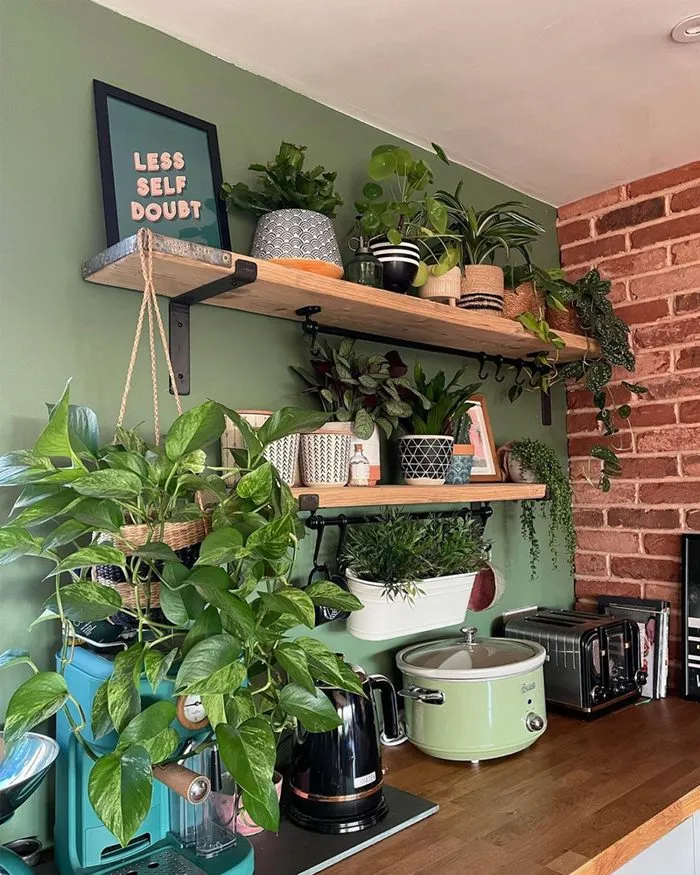
Establish a watering schedule based on the needs of your plants and the environmental conditions in your kitchen. Most plants do not need to be watered daily. Overwatering is a common mistake that can lead to root rot. Instead, check the soil moisture regularly. You can use your finger to determine if the soil is dry before watering. Insert your finger about an inch into the soil; if it feels dry, it is time to water. Consider the time of year and your kitchen’s humidity levels when setting your watering schedule. During warmer months, plants generally need more frequent watering than during colder months. Group plants with similar watering needs together, which makes it easier to manage their care. Always water plants thoroughly, ensuring that water drains out of the drainage holes. Adjust your watering schedule as needed, based on observations and plant responses. Regular monitoring is crucial to maintaining the proper moisture balance for your plants, helping them thrive.
Dealing with Pests and Diseases
Pests and diseases can affect any kitchen decor garden, so it is essential to take preventative measures. Inspect your plants regularly for any signs of infestation or illness. Common pests that can affect indoor plants include spider mites, aphids, and mealybugs. Early detection is key to preventing these pests from spreading. If you notice any pests, isolate the affected plant and treat it promptly. You can use organic solutions, such as insecticidal soap or neem oil, to control pests. Proper ventilation and good air circulation can help prevent fungal diseases. Remove any yellowing or diseased leaves to stop the spread of diseases. Ensure that your plants are not overcrowded, as this can promote the spread of diseases. When dealing with pests or diseases, natural methods should always be the first line of defense. By implementing these proactive strategies, you can keep your kitchen decor garden healthy and free of unwanted visitors.
Secret 6 Light and Ventilation Strategies
Light and ventilation are fundamental aspects of maintaining a thriving kitchen decor garden. Adequate light is crucial for photosynthesis, the process by which plants convert light into energy. Good ventilation promotes air circulation, which helps prevent diseases and keeps plants healthy. Optimizing these elements ensures the health and vitality of your indoor garden. Maximizing natural light and providing proper ventilation are essential for the health of your plants. Strategic planning and careful execution in these areas guarantee that your plants will flourish. Light and ventilation are important to promote the well-being of your plants, resulting in a beautiful kitchen decor garden.
Maximizing Natural Light
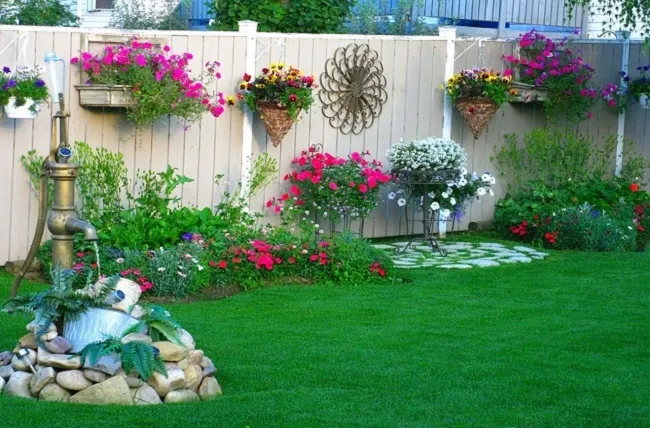
Natural light is the most favorable source of energy for your kitchen decor garden. Position your plants in locations where they can receive ample sunlight. South-facing windows provide the most sunlight throughout the day, ideal for plants that need plenty of light. East-facing windows offer morning sun, while west-facing windows receive afternoon sun. North-facing windows receive the least amount of direct sunlight. If your kitchen does not have sufficient natural light, consider using grow lights. Grow lights provide the necessary spectrum of light to support plant growth. The location and type of light depend on the specific needs of the plants. Rotate your plants regularly to ensure that all sides receive equal light exposure. Prune plants to prevent them from blocking light from other plants. Maximizing the available natural light helps ensure that your plants are healthy and vibrant. The goal is to harness as much natural light as possible, optimizing the health and beauty of your plants.
Ventilation for Healthy Plants
Proper ventilation is vital for the health of your kitchen decor garden. Good air circulation prevents the build-up of stagnant air, which can lead to fungal diseases and pest infestations. Ensure there is adequate airflow around your plants. Avoid overcrowding plants, which can restrict airflow. Consider using a small fan to circulate air if your kitchen does not have good natural ventilation. Opening windows regularly, especially during warmer months, can provide fresh air and help prevent disease. Make sure you avoid placing plants in areas that are exposed to drafts, as this can stress them. Regularly inspect your plants for signs of mold or mildew, which can indicate poor ventilation. Improving ventilation improves the health and resilience of your plants, which allows them to flourish and contributes to a beautiful, healthy kitchen decor garden. Good ventilation promotes plant health and long-term productivity.
Secret 7 Enjoy the Benefits
Creating a kitchen decor garden is an investment in your well-being and the beauty of your home. The benefits extend far beyond aesthetics. From enjoying fresh herbs and vegetables to improving air quality and experiencing the therapeutic effects of nature, a kitchen garden provides numerous advantages. It is a rewarding experience that combines practicality with pleasure. The benefits of having a kitchen decor garden are many. Enjoying these benefits can significantly improve your quality of life. The rewards of maintaining this garden are immeasurable.
The Joy of Fresh Herbs
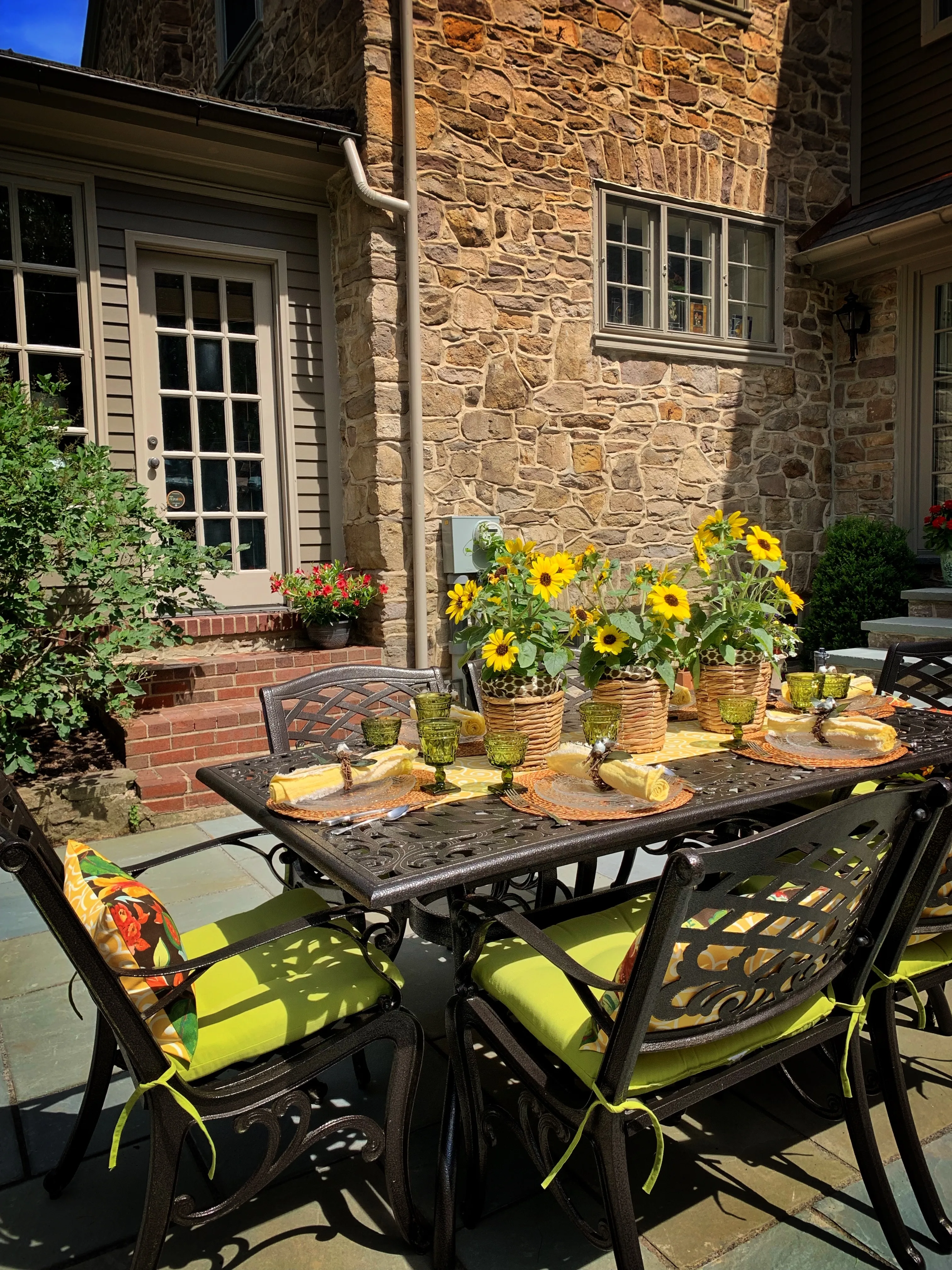
One of the most immediate benefits of a kitchen decor garden is the access to fresh herbs. Having herbs readily available allows you to enhance the flavor of your dishes and experiment with new recipes. Fresh herbs have a more intense flavor than dried herbs. They add a burst of freshness to your cooking. Growing herbs such as basil, mint, rosemary, and thyme is easy and convenient. Harvesting herbs from your own garden is a truly rewarding experience. It connects you with the source of your food and promotes a sense of satisfaction. The joy of cooking with fresh herbs, plucked straight from your garden, will transform your culinary experience. It is the simplicity and quality that makes growing fresh herbs from your kitchen decor garden so rewarding.
Aesthetic and Emotional Benefits
A kitchen decor garden provides many aesthetic and emotional benefits. The presence of plants enhances the visual appeal of your kitchen, creating a calm and inviting atmosphere. Studies have shown that being around plants can reduce stress levels and improve your mood. The vibrant greens and colorful flowers add a touch of nature to your home. Plants have a natural ability to purify air, contributing to a healthier indoor environment. Caring for plants can be a therapeutic activity, providing a sense of purpose and relaxation. The presence of a kitchen decor garden transforms your kitchen into a sanctuary, promoting both physical and mental well-being. Embrace the beauty and benefits of having a kitchen decor garden to experience the joys of nature in your home.
Kitchen Decor Garden Conclusion
Creating a kitchen decor garden is a rewarding endeavor that blends beauty, functionality, and well-being. By following these 7 secrets, you can transform your kitchen into a flourishing green oasis. From choosing the right spot and selecting the best plants to mastering container gardening techniques, optimizing your decor, and understanding watering and maintenance tips, you are now equipped to create a thriving indoor garden. The ultimate reward is enjoying fresh herbs, enhancing the air quality, and experiencing the therapeutic benefits of nature. Embrace the journey, experiment with different plants, and enjoy the unique joy of growing your own food and creating a more vibrant and healthy living space. The possibilities are endless, and the rewards are bountiful. Start your kitchen decor garden today, and experience the transformative power of nature in your home. Cultivating your own kitchen decor garden is a rewarding and enriching experience. Enjoy the process of growing your own plants and reap the benefits of your own beautiful and productive garden.
